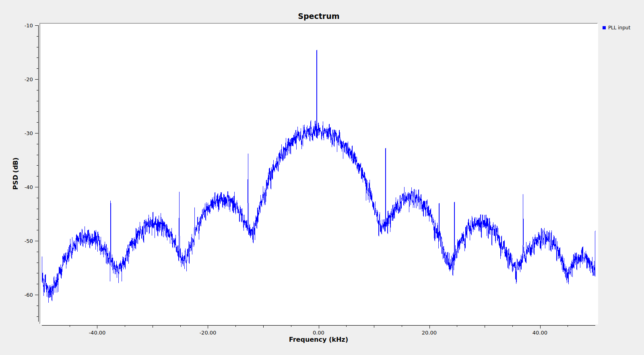In GRCon last year I presented the roadmap for a large refactor of gr-satellites that would eventually be released as gr-satellites v3.0.0. The refactor started near the end of September, and after nearly 8 months I have now arrived at a point where I feel that all the work I’ve done should be packed and released. Not all the ideas I had in my head when I started have made it to the release (some of them require a large amount of work), but I think that the new gr-satellites is still much better than the old one and I would like to start seeing people switching over. Therefore, I have released today v3.0.0-rc1.
Rather than summarising here all the changes that v3.0.0 brings, I invite you to head over to the new gr-satellites documentation and discover by yourselves.
As anything bringing large change, I think that gr-satellites v3.0.0 will probably break some old habits and workflows. However, I hope that it breaks them for good, and that you will find a better workflow with v3.0.0. If not, please head over to the Github issues and let me know what you’re missing in the new release.
A few more notes about project management: starting with this release, I have decided to concentrate all the support and discussion about gr-satellites in the Github issues. This is an idea I’ve stolen from Kate Temkin. In the past I’ve done a lot of discussion with gr-satellites users over email, and while I don’t have any objections to the use of email, Kate makes an extremely good point about the usefulness of having this discussion in public forums. Just the possibility of past issues appearing in Google searches when a user is looking for help makes it worth the effort.
To try to have better coordination with satellite teams planning to use gr-satellites for their missions (a few such as OPS-SAT and Quetzal-1 have already done so), I have written a note for them.
The plan is for v3.0.0-rc1 to become the final v3.0.0 at the beginning of June if no major issues show up. So please go ahead and check out all the new features that v3.0.0-rc1 brings, and let me know in the issues any problems you might find.

